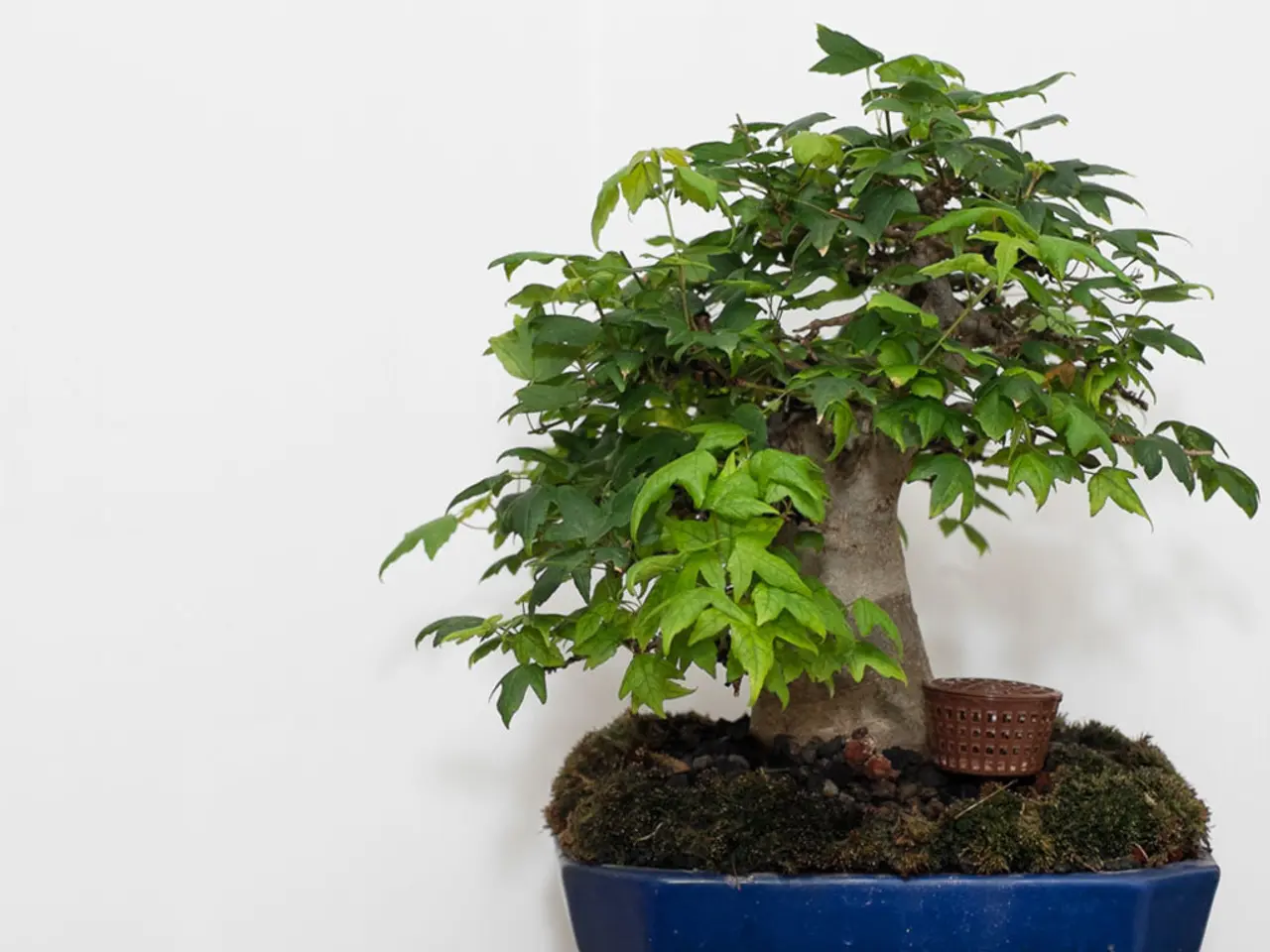Bonsai Leaf Removal: Understanding Techniques and Tree Varieties
In the art of bonsai cultivation, defoliation plays a crucial role in promoting healthy growth and refined aesthetics. However, it is essential to approach defoliation techniques with care, especially when it comes to climate factors and tree species sensitivity. This article will focus on the best strategies for post-defoliation care to ensure the health and recovery of your bonsai trees.
Post-defoliation care focuses on creating a stable, humid, and stress-free environment for your bonsai. After defoliation, place your bonsai in a cool, sheltered spot away from direct sun, strong wind, and extreme weather. This will help reduce stress and prevent dehydration.
Maintaining proper watering is crucial during this period. Keep the soil moist but not waterlogged. Avoid letting it dry out completely. Lightly spray the foliage several times a day initially to maintain humidity without encouraging fungal growth.
Avoid fertilizing immediately after defoliation, as the tree is already under stress. Wait until you see signs of healthy new growth before resuming fertilization to avoid overburdening the bonsai.
Ensure overall tree health before defoliation. Only defoliate healthy deciduous bonsai that have not been recently repotted. Trees weakened by recent repotting or pests are more vulnerable to defoliation stress.
Monitor for pests and diseases, as defoliation can expose the tree to infections like fungal diseases. Employ preventive measures such as using fungicides if necessary and maintaining good airflow.
For beginners, it is recommended to perform gradual defoliation, removing leaves from only a part of the tree at first (for example, a third) to minimize shock.
Different tree species respond uniquely to defoliation. Some, like Oak, can handle more aggressive defoliation, making them ideal for beginners. However, species like Maple require a light touch, as excessive removal can cause stress. Cherry can tolerate moderate defoliation, but care must be taken to avoid over-defoliating. Species like Pine and Spruce, which are sensitive to stress, should be defoliated during the dormant season. Ficus is more sensitive to defoliation and requires careful consideration of temperature and humidity.
In summary, post-defoliation care focuses on creating a stable, humid, and stress-free environment with careful watering and protection from environmental extremes. Monitoring tree health and avoiding additional stressors helps the bonsai recover vigorously and develop new foliage. By understanding the unique needs of your bonsai species and implementing these post-defoliation care strategies, you can help ensure the longevity and health of your bonsai trees.
- In the realm of environmental science, understanding climate factors for various tree species is vital for effective bonsai cultivation.
- After defoliation, one can adapt their lifestyle by providing a humid and stress-free environment for their bonsai, as this is crucial for recovery.
- When embarking on travel, consider the dormant season for fragile bonsai species like Pine and Spruce, as defoliating during this period reduces stress due to environmental changes.
- The fashion and beauty industry, in a variety of ways, can support the health of bonsai trees by promoting awareness of proper plant care, encouraging a connection with nature, and sourcing sustainable gardening tools for home lovers.




